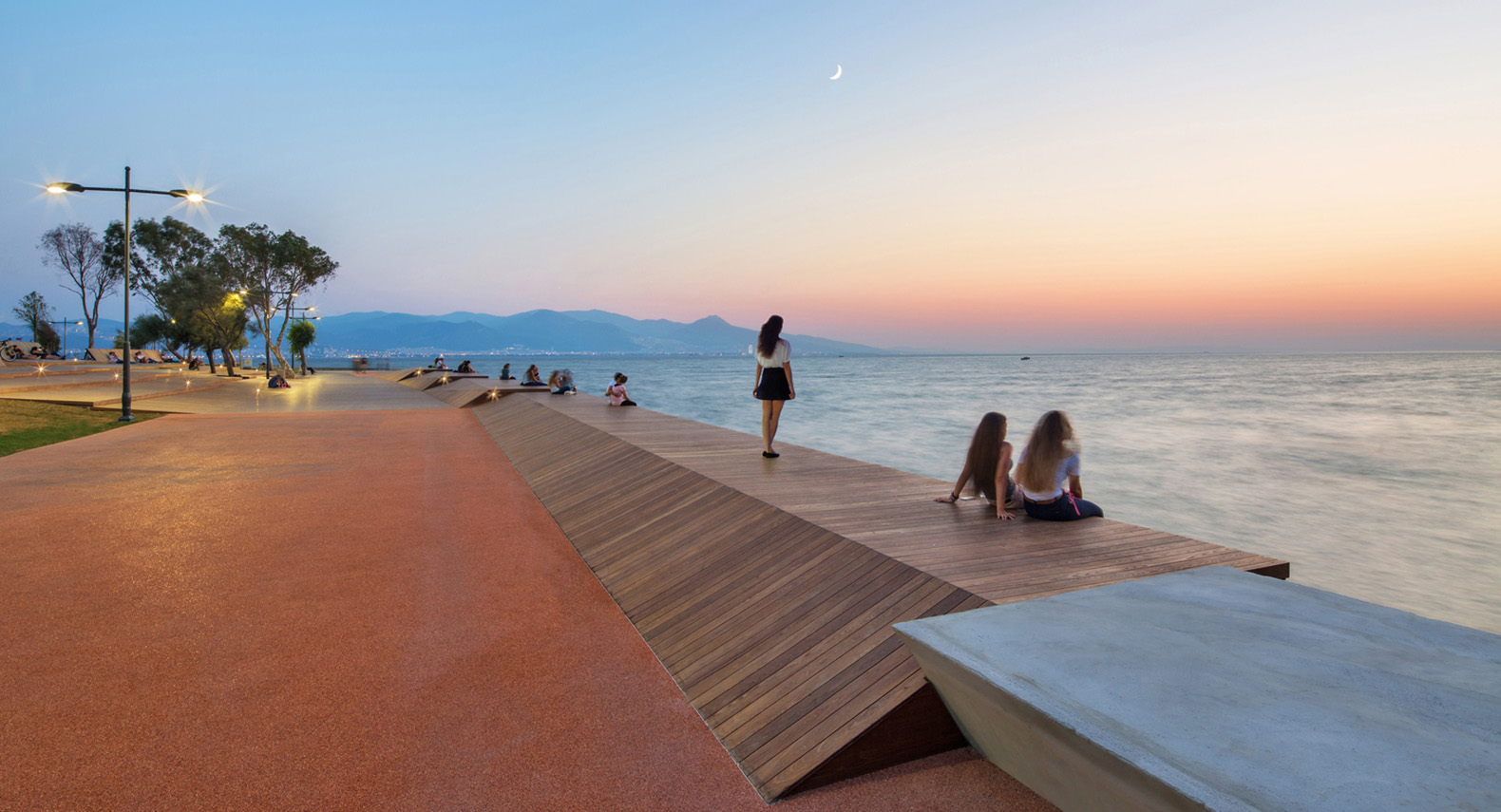Is place branding a money trap invented by evil advertising agencies? Is it a fool’s gold for destinations? Has any place ever benefited from so-called place branding? How about this scary stat?: 86% of place branding projects fail within a year of introduction. Is there a way to break this curse? Let’s figure out the cause of the problem first.
“A problem is the thick outermost layer of a fantasy.”
James Hillman
Based on my experience, place branding projects fail, primarily because places don’t “brand” the right thing. Snow-capped mountains, stunning valleys or exotic beaches. Which country does not have one of these? The Earth is a wonder-filled planet. No country is an exception. So, the moment a place decides to “brand” its natural wonders, it loses the branding game, which is built on relevant differentiation. Places tend to brand their “common denominator,” because they conclude that no umbrella concept (the Capital of…) is broad enough to satisfy their different stakeholders. What works for tourism, doesn’t work for commerce. What works for commerce, doesn’t work for the industry. Then the branding committee ends up branding their natural assets. Is there another way?
The alternative is to find the highest potential of the place. Places should focus on their unique psyche, not their natural wonders. Instead of creating a laundry list of “things to see”, and then labeling themselves “the best-kept secret of…,” they should ask themselves “what” is unique about their history. They should discover the place’s story and figure out “how” it can be relevant to their target audiences? They should question “why” their culture is distinct? Every one of the questions will lead to a richer answer. Romans used to believe that every place had a spirit. They called it “genius loci: the spirit of the place.” Successful place brands are the ones who find their genius loci. Are there good examples of place branding based on genius loci?

A project that I was involved has an inspiring story. Izmir is the third largest city in Turkey, where the megacity Istanbul is “the Capital of…” everything. The second largest city, Ankara is the official capital of Turkey. So what could be branded as Izmir? It has beautiful geography, excellent weather, extremely rich history and great cuisine. But, so does Antalya, Athens or Beirut. So Izmir decided to brand its “mindset.” Throughout history, Izmir (Smyrna) has been a magnet for pioneers and pioneer thinking. Many “firsts” of the region took and still taking place in Izmir. What is unique about Izmir was not its natural beauties, but its habitants’ pioneer mindset. It is a city of many frontiers, both physically and mentally: It has the largest port in Turkey. It is located at the western extremity of the country. But, it’s also where parchment paper was invented, and where Homer wrote Odysseus, and where the first geometrical city layout was implemented, and where the first hospital of Eurasia was built… Interestingly, people of Izmir still keep their frontier mentality: The region’s first natural life park, Europe’s first sport-specific hotel have recently opened in Izmir. There are endless such examples, for the “frontier mentality” is the genius loci of Izmir.
Today’s actionable insight: Such an umbrella concept worked for all of its stakeholders. If, instead of settling for its common denominator, Izmir can discover its highest potential, why can’t you? Ask yourself the three questions listed below, open yourself to discovery and embrace the answer. Here are other important things to should consider when branding a place.


Wonderful article! I especially liked the example of Izmir, because I feel it clearly illustrates the concept of finding the story of a place. I hope this article will be inspirational in future place branding campaigns. With its help, the success rate may well begin to rise…
Thanks Sam. Indeed, Izmir could be a case study. Such an archtypal idea works for all stakeholders, while not sounding indifferentiated. Too bad everyone focuses on the logo though… I guess that’s the curse of place branding. People zero in on the logo. I might write about that subject too.
I strongly believe in the value of stories and archetypes too. Maybe we can collaborate to promote this concept to the wider place branding world, and try to persuade them away from such obsession with logos!
That would be great!
Here is an example from Japan:
http://www.smithsonianmag.com/ideas-innovations/How-Do-You-Rebrand-a-Country-213869891.html?&submitted=y#comments_submitted